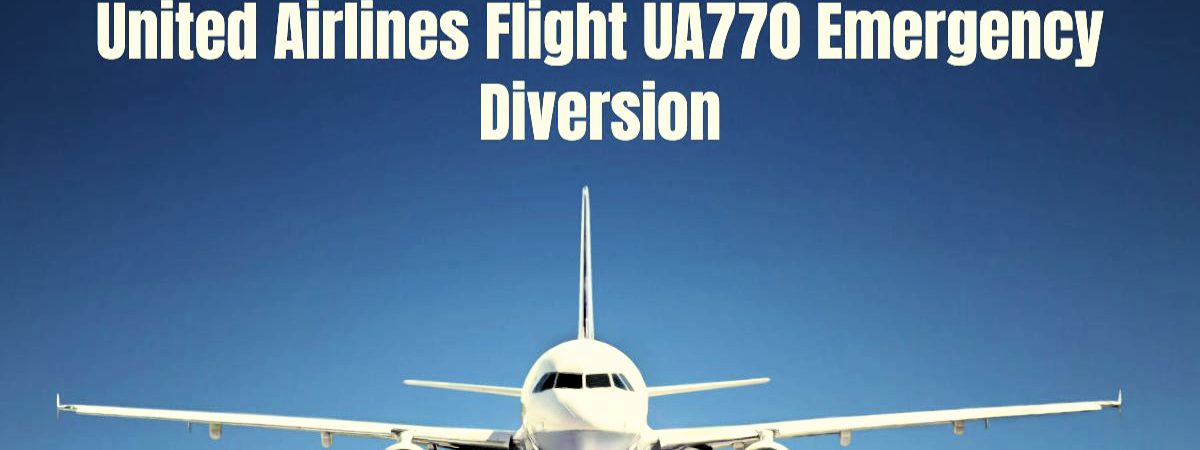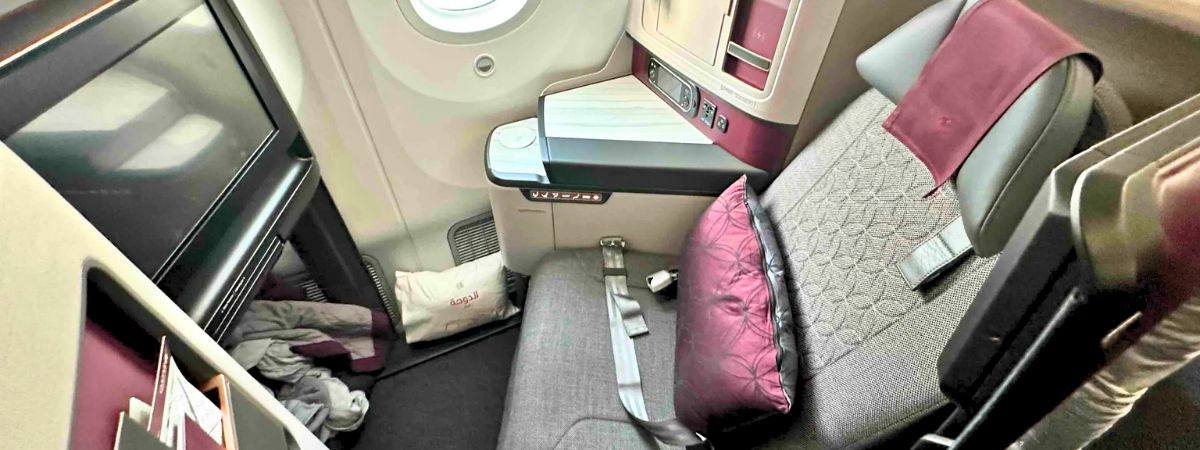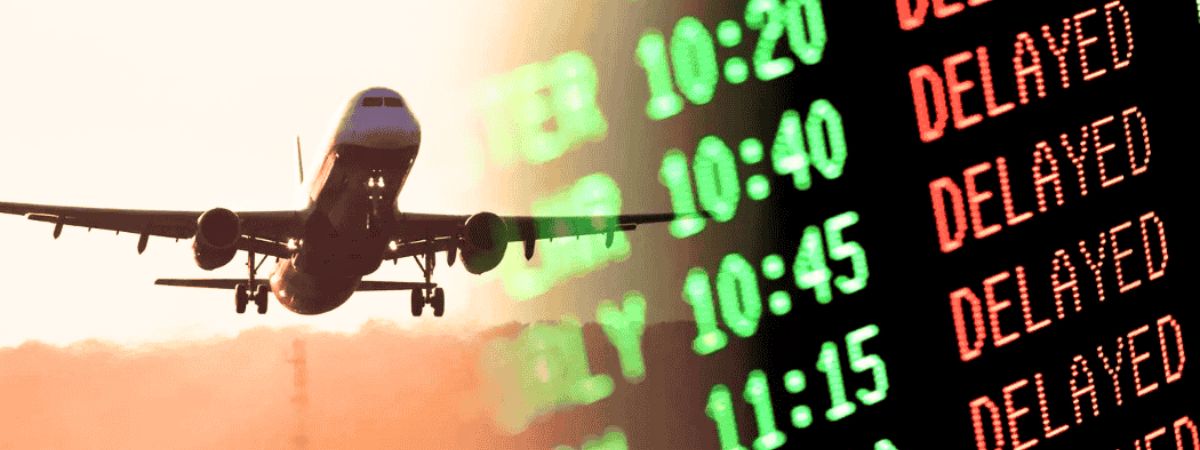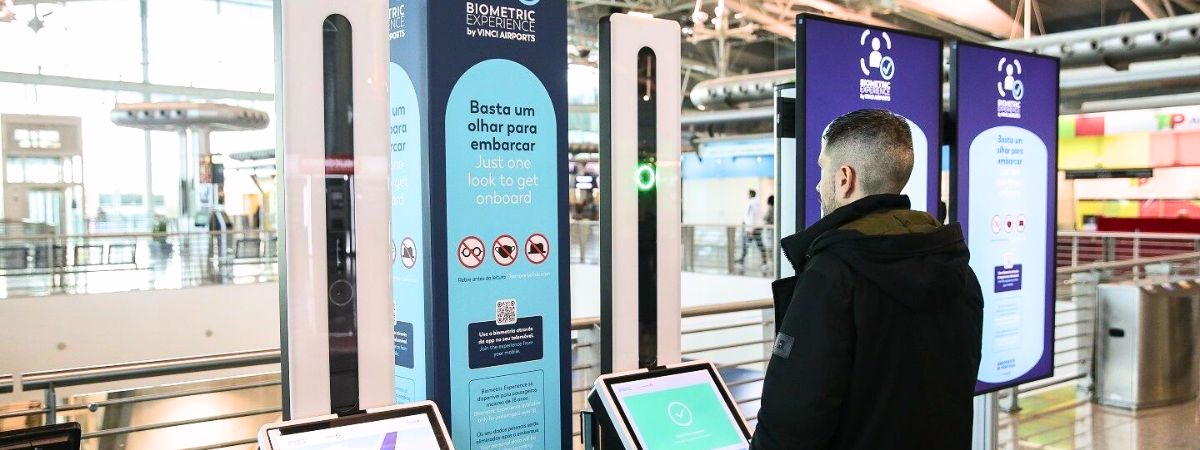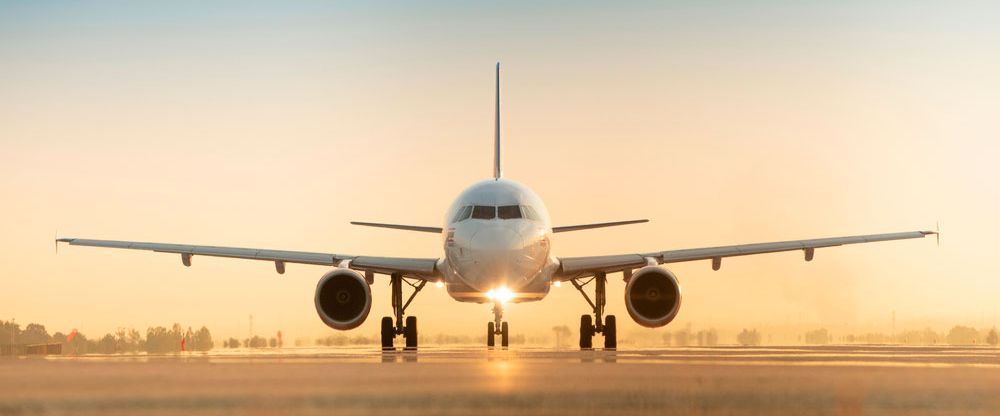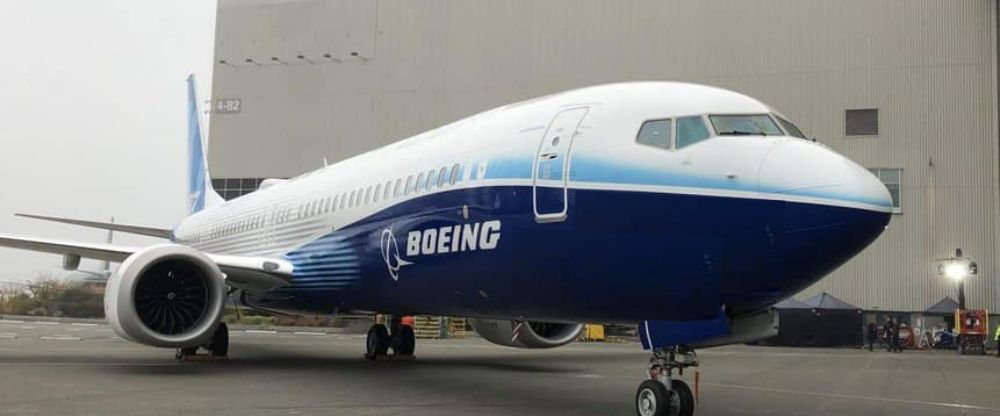We can majorly relate safety concerns to aviation. The news of the recent flight crashes makes us think twice while planning a flight journey. From weather disruptions to technical glitches, there are many issues that are a threat to passenger safety. When the flight is mid-air and there is a sudden and unprecedented incident, the instant wit and decision-making of the pilot and crew members is life-saving for all the passengers. Pilots make this decision to ensure the safety of every passenger and crew member on board. Occurred on 14 August 2025, the United Airlines flight UA770 emergency diversion serves as an important case study for instant crisis management in modern aviation.
So, let’s learn how this current flight rescue is an important incident in aviation history through this blog.

What is a Diversion?
While we are talking about the United Airlines flight UA770 emergency diversion in this blog, let’s first understand what the term diversion means in aviation.
A Flight Diversion is the situation when a flight has to land at a different airport than the destination that was originally scheduled for the journey. Typically, various unforeseen situations like weather, technical malfunctions, and medical emergencies results in Diversion. Some airport issues, like closure or congestion, are also included in these situations.
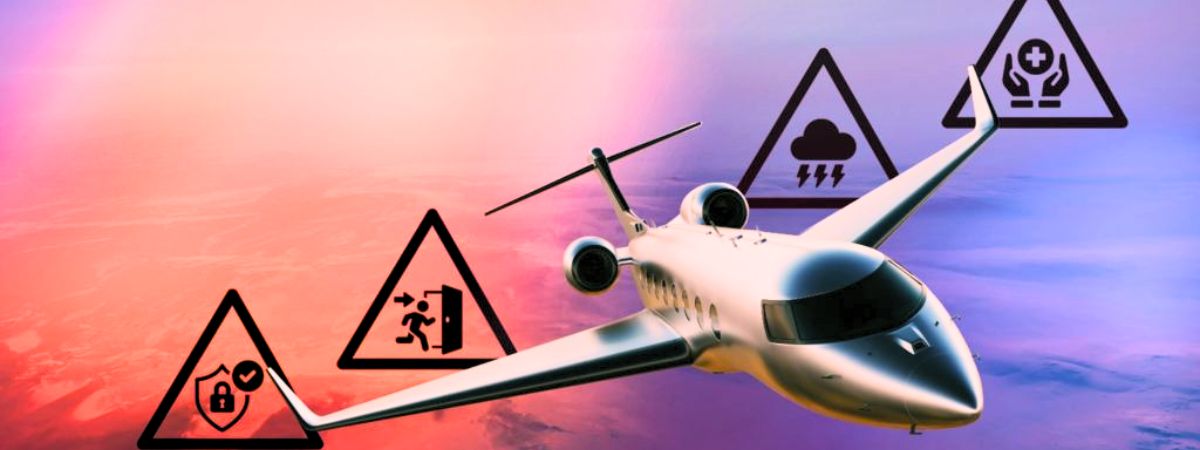
Understanding Emergency Diversion in Depth
When a plane has an emergency diversion, there is no question raised about the safety standards used by the airlines. It is not a failure issue; instead, it is a proactive approach or a decisive choice of the crew members to land at another airport rather than the original one due to a sudden, urgent situation. The decision of emergency diversion ensures the safety of all the passengers. The following are some of the reasons for which an emergency diversion is taken into execution:
- Medical Crisis: When any of the passengers or crew members suffers a medical emergency, they need urgent ground-based medical support.
- Technical Troubles: When the aircraft system alerts or malfunctions need prompt action is needed. Examples include engine irregularities, hydraulic issues, and avionics warnings.
- Weather Woes: Severe weather conditions like severe turbulence, unexpected storms, or rapidly deteriorating conditions also result in sudden diversion.
- Pressure Problems: As we discussed before, cabin pressure is important at cruising heights. Thus, loss of cabin pressure also results in emergency diversion.
- Security Concerns: Potential security threats detected on board make pilots to choose a diversion.

What is the Story About the United Airlines flight UA770 Emergency Diversion?
The United Airlines flight UA770 emergency diversion status news is everywhere. The United Airlines flight was heading toward Chicago O’Hare (ORD) from Los Angeles (LAX). The plane made a diversion at the Denver International Airport (DEN) on 14th August 2025. The sudden emergency put the lives of 156 passengers and six crew members at stake. But the proactive decision-making of the pilots ensured the full safety of the passengers and crew members, causing no fatalities. Along with getting widespread applause, there are discussions going on about the aircraft sensor system, pilot decision-making, and the landscape of aviation safety. This incident is also a grand example of how modern technology has evolved communication and safety standards. In the past, aviation incidents often resulted from slow communication; the advanced channels enable instant and quick real-time communication.

Flight UA770 Case Study: What Airlines Can Learn?
On 14th August, the flight was on its routine journey when a cabin pressurization warning was detected. Cabin pressure is essential for safe breathing at an altitude of 35,000 feet. Thus, this warning was taken seriously, leading to a safe emergency diversion.
This current incident of UA770 is a great example of active and effective decision-making amidst an urgent situation. Below is a sequence in which all the things took place:
- The Alert: While the plane was at the cruising altitude of 35,000 feet, there was a technical alert that activated in the cockpit. While the aviation companies generally refrain from making any public statement about the nature of the emergency, it triggered the existential diversion protocol.
- The Decision: The Captain, who was also playing the role of the Pilot-in-Command, assessed the situation using checklists. He consulted the situation with the First Officer. The decision of the immediate diversion was taken while complying with the FAA regulations and United Airlines’ procedure.
- The Landing: Talking about the United Airlines flight UA770 emergency diversion status, it made a safe landing, causing not a single injury. This incident focuses on the precautionary nature of the diversions taken by the airlines.
Conclusion:
The United Airlines flight UA770 emergency diversion didn’t come into the news due to a fatal incident. Instead, it made the headlines by setting an example of active decision-making and strong wit, centering on the safety of all the passengers and crew members. Often, such incidents are unprecedented, and the nature of these incidents can be different each time. While the aviation companies are using modern technology to support passenger safety, the timely decision-making of the crew members matters the most. This most-talked-about topic in the aviation industry is a big example of proactive crisis management.
FAQs:
Ans: Flight diversion is the term used for an emergency landing of the airplane at any airport other than its original destination. Diversion becomes the hero during an emergency situation.
Ans: The flight faced a technical issue mid-air. The crew members got alert after a cabin pressurization warning activated in the cockpit.
Ans: When there is a medical urgency, technical issue, or weather disruption, pressure problem, or security concern, an urgent action like an emergency diversion is required to ensure the safety of all the passengers.
Ans: Cabin pressure is important in flight at cruising altitude for safe breathing.
Ans: The plane made a safe landing, causing no injuries.
Ans: This incident is a big example of proactive crisis management in the aviation industry.

